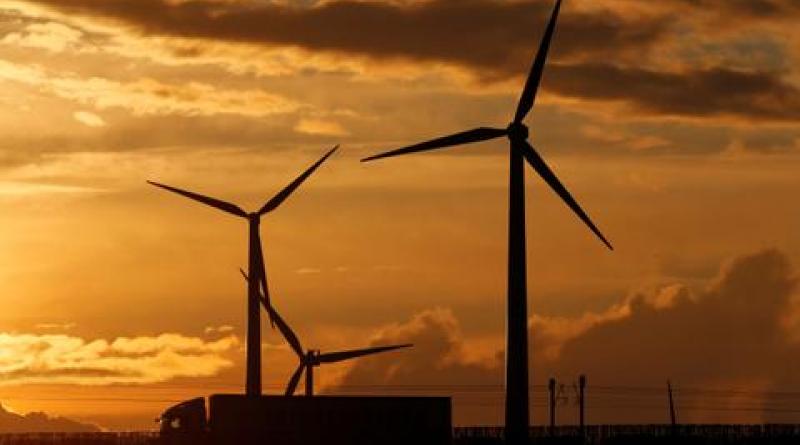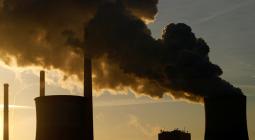A quick breakdown of the EU's transition to alternative energy.

To achieve its aim of becoming the first climate-neutral continent, EU countries have been trying to increase their energy production from renewable resources.
With the European Green Deal, the EU countries aspire to be the world's first climate-neutral continent by 2050 and they have launched several ambitious measures to generate sustainable clean energy across the continent.
By investing in solar and wind power, together with hydro power, tidal power, geothermal energy, and recycling of waste, European countries will enjoy certain benefits such as the reduction of greenhouse gas emissions and dependency on fossil fuels.
The new green energy investments will also stipulate employment by creating a market for green technologies.
The European Green Deal also aims to reduce carbon emission by 50 percent compared with 1990s levels.
Here are the key takeaways of the five EU countries moving toward a climate-neutral continent.
Germany
The most industrialised country in Europe, Germany is the main torchbearer of the European Green Deal.
The share of renewable energy in the overall power supply mix in Germany increased by 5.4 percentage points last year to 46 percent.
Europe's biggest economy is planning to provide 65 percent of total energy production from renewable sources by 2030.
On the other hand, Germany will leave nuclear energy by 2022 and plan an orderly exit from coal energy in the long-term.
A decade ago the share of clean energy sources was about 17 percent in the country.
France
France is the country most dependent on nuclear energy in Europe to meet its energy needs.
In 2010, nuclear energy’s share was 74 percent of the total energy production of the country, while renewable share was about 15 percent.
Today, renewable sources constitute nearly 20 percent of total energy production in the second largest economy of Europe.
According to GlobalData, clean energy share will soar to 42 percent by 2023.
With the planning investment, France will try to decrease nuclear energy share.
Spain
In the first half of 2010, Spain generated 39 percent, very close to the 2020 target of 47 percent, of its electricity needs from renewable sources.
Despite entering the last decade with a high share of renewable sources in total production, electricity sources accounted for 39. 7 percent in the first quarter of last year.
Spain aims to reach 74 percent of its total electricity needs from renewable sources and 42 percent of energy needs by 2030.
Like other European countries, wind power is the most important clean energy source for the country.
Solar power is one of the most important sources for energy because of the country’s Mediterranian climate. On average, 300 days of the year are sunny in Spain.
Sweden
Sweden is the leader of the EU in producing and consuming renewable sources with 54 percent of its total needs.
Historically, the Scandinavian country has been using renewable sources, especially wind power, which makes it the leading country in this area.
According to data from Swedish Energy Agency, the country started the last decade with 47 percent of consumption from renewable energy and ended at about 54 percent.
With the ongoing investments in wind power farms, the country plans to reach 100 percent renewable electricity production by 2040.
Netherlands
Gas is the main source of energy, more than 50 percent, for the Netherlands.
Despite traditionally using wind power, the Netherlands is far behind the EU nations in using renewable sources.
The total consumption of renewable energy was 3.9 percent in 2010, then the share has increased to 7.4 percent in 2018.
The country’s flat and sub-sea level landscape makes it difficult to benefit from wind power and hydroelectric power.
The benefits
Transition to clean energy will help Europe to reduce its annual greenhouse gas emissions from approximately 4200 MtCO2 eq. in 2015 to zero by 2050 across all sectors.
It will also create new jobs in renewables, which will possibly over-compensate the lost jobs in fossil fuel sectors, employing at least 3 to 3.5 million people. In addition to that, at least 800,000 jobs in the European coal industry of 2015 would therefore be completely replaced by 1.5 million new jobs in the renewable energy sector by 2050.
4 February 2020
TRTWORLD




